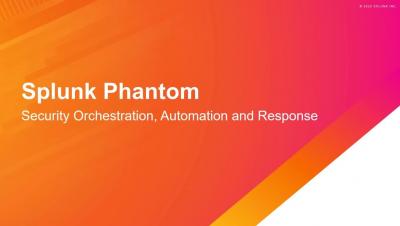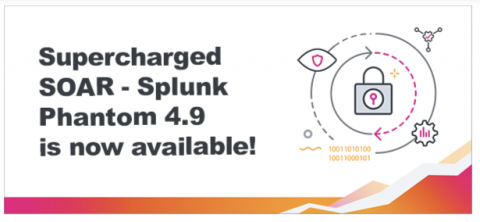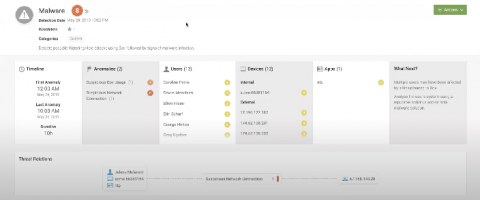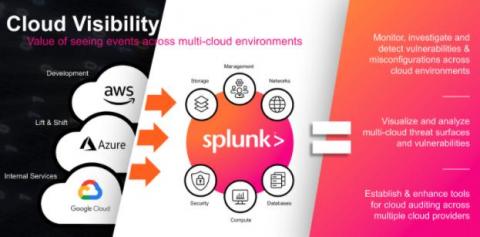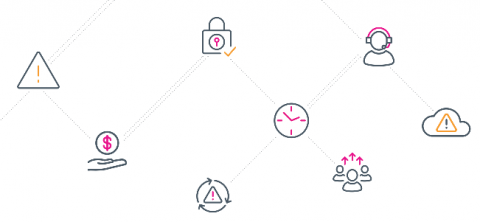Tackling Financial Crime is a Matter of Data: Fresh Thinking on an Age-Old Problem
Financial firms need to take a holistic view on their financial crime defenses to keep pace with the changing crime landscape. Dealing with the onslaught of attacks has historically elicited a Pavlovian response to this age-old problem — increased regulations or tighter risk management protocols, which in turn have proven to be ineffective over the long term.



